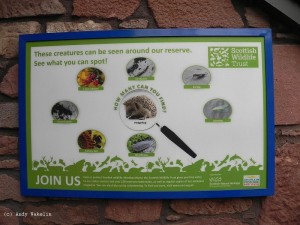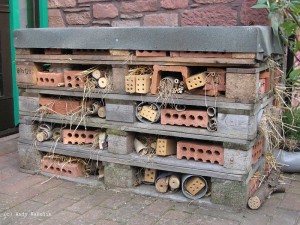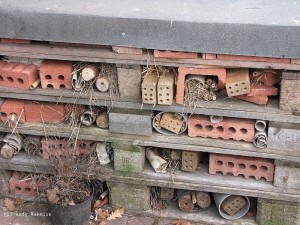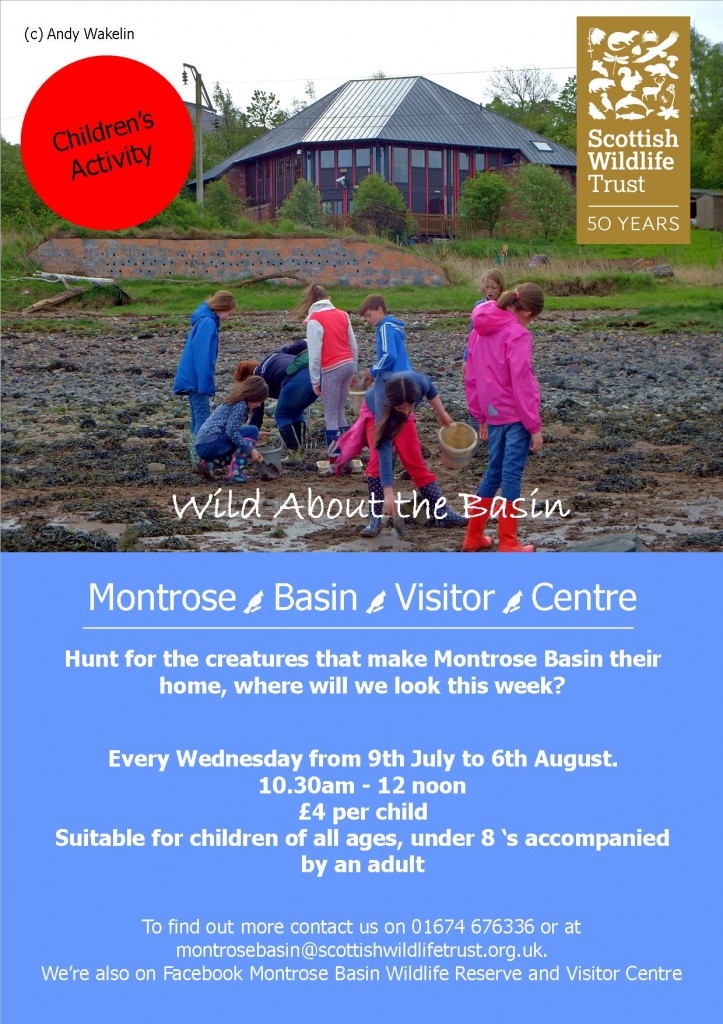Wild It Yourself
If the TV programmes, magazines, and paper articles are anything to go by then Britain has been bitten by the D.I.Y. and up-cycling bug and it’s easy enough to take these ideals out into your garden, balcony, or window sill to W.I.Y. (Wild It Yourself).

Even the smallest gardens can be turned into a wildlife haven and while window sills may not quite have the same impact they can play an important role in building a network of corridors between other sites. You can buy a number of products on the market today that are all designed to help you attract wildlife and items like window bird feeders are great to get all the family a little closer without leaving the comfort of your home. But it can be just as easy, and a little more fun, to make your own from items that you would normally throw away.

An old flower pot and saucer can be scrubbed down and made into bird baths and flat feeders by gluing the saucer onto the up turned pot. Used jam jars and straws can be turned into pooters for insect observation. Yoghurt pots make great containers and moulds for fat feeders that can be hung by the window, and unused wooden planks can be used to make bird and bat boxes (just make sure that its rough cut and untreated). Best of all, old pallets (sourced from supermarkets and D.I.Y. stores), piping, broken bricks, roof felt, unused logs, wood shavings, and dry grass can all be used to build an insect hotel that will also attract reptiles and nocturnal mammals during the day. A quick search online will give you great ideas, but to start off you could visit The Wildlife Trust of South and West Wales Activity sheets page and The Wildlife Trusts Wildlife gardening factsheet page.

Of course, you could go even simpler than that. Skip on using any chemicals (such as pesticides and herbicides), leave areas of the garden un-trimmed and un-weeded, cut small ground level holes in your fences to allow wildlife to move from garden to garden, allow vegetation to rot down naturally without being removed, and put together an un-contained compost pile (just make sure you don’t put any food waste in these). For smaller areas, pots containing plants like lavender and thyme are great ways to attract insects and can easily be contained on a window sill.
Don’t forget we have a ‘Wild about the basin’ children’s activity this Wednesday, 10.30am till 12.00noon. Give us a call to book a place as these are very popular.
Help protect Scotland’s wildlife
Our work to save Scotland’s wildlife is made possible thanks to the generosity of our members and supporters.
Join today from just £3 a month to help protect the species you love.
Preface
If the TV programmes, magazines, and paper articles are anything to go by then Britain has been bitten by the D.I.Y. and up-cycling bug and it’s easy enough to take …

